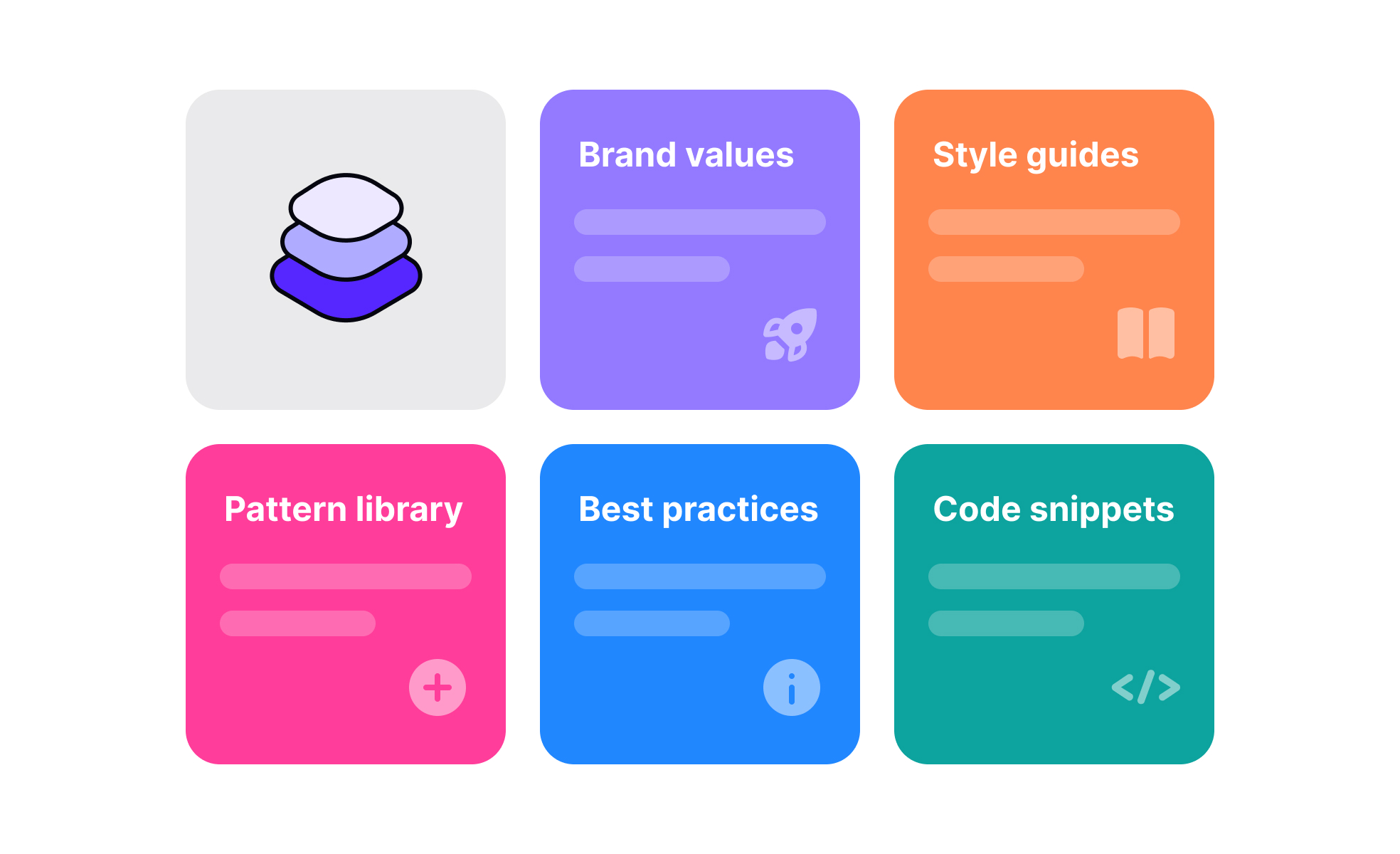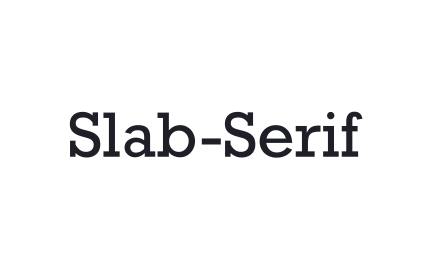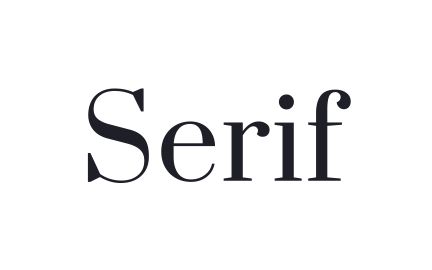Design System
A design system is a shared library of UI components, styles, and usage rules that brings speed, clarity, and consistency to product development.

What are Design Systems?
Design systems are comprehensive collections of reusable components, guidelines, and standards that enable consistent user experiences across products and teams while maintaining design quality at scale. They include visual design elements, interaction patterns, code components, documentation, and governance processes that serve as single sources of truth for design decisions throughout organizations.
Why Design Systems Prevent Chaos at Scale
Organizations without design systems experience 60% more design inconsistencies and spend 40% more time on design and development rework as teams create duplicate solutions and conflicting experiences.
Mature design systems increase design and development efficiency by 50%, reduce design debt by 70%, and improve user experience consistency by 80% through shared components and standards that scale across teams and products.
Companies like Google, IBM, and Shopify built competitive advantages through design systems that enable rapid innovation while maintaining quality.
What effective design systems provide:
- Consistent user experiences that build trust and reduce learning curves across product portfolio
- Development efficiency through reusable components that eliminate duplicate work
- Design quality assurance through tested, proven patterns that solve common problems
- Team coordination enabling distributed teams to create cohesive experiences
- Innovation acceleration by handling routine design decisions systematically
Design Systems in Product Development
Product managers work with design and engineering teams to implement design systems that support product strategy while enabling efficient development and consistent user experiences across features and platforms.
Component reusability and development acceleration
Design systems provide pre-built, tested components that speed feature development while ensuring consistency. Teams can focus on solving unique product problems rather than rebuilding basic interface elements repeatedly.
Cross-platform consistency and brand coherence
Systems enable consistent experiences across web, mobile, and other platforms while adapting appropriately for different contexts. This builds user confidence and reinforces brand identity across touchpoints.
Quality assurance and accessibility compliance
Design system components include built-in accessibility features and quality standards, ensuring compliance without requiring specialized expertise on every team. This reduces risk while improving user experience for everyone.
Team scaling and knowledge preservation
Systems capture design decisions and rationale, enabling new team members to understand and apply established patterns. This maintains quality as organizations grow and team composition changes.
Design System Architecture and Components
Visual design foundation:
- Design tokens: Fundamental values like colors, typography, spacing, and timing stored as code variables
- Color systems: Comprehensive palettes including semantic meanings and accessibility compliance
- Typography scales: Hierarchical text systems with consistent sizing, spacing, and weight relationships
- Iconography: Consistent visual language with standardized symbols and illustration styles
Component library structure:
- Atomic components: Basic building blocks like buttons, inputs, and labels with consistent behavior
- Molecule components: Combined elements like search bars, navigation items, and form fields
- Organism components: Complex interface sections like headers, product cards, and dashboard widgets
- Template components: Page-level layouts and patterns for common interface structures
Interaction and behavior patterns:
- Animation guidelines: Consistent motion principles including timing, easing, and choreography
- State management: Visual feedback for loading, error, success, and interactive states
- Responsive behavior: Adaptation patterns for different screen sizes and device capabilities
Accessibility features: Built-in keyboard navigation, screen reader support, and inclusive design
A design system is a collection of reusable components, patterns, guidelines, and assets that are used to build and maintain a consistent and cohesive user interface (UI) across digital products or platforms. It provides a centralized resource for designers and developers, ensuring that design elements, styles, and interactions are standardized and implemented consistently throughout the organization.
Design systems offer several benefits, including:
- Consistency: Design systems establish a unified visual language and design patterns, ensuring a consistent and cohesive user experience across different products, screens, and platforms. This consistency helps build brand recognition and familiarity among users.
- Efficiency: By providing pre-defined components, styles, and guidelines, design systems streamline the design and development process. Designers and developers can reuse and adapt existing components, saving time and effort and allowing for faster and more efficient product development.
- Scalability: As products and teams grow, maintaining consistency becomes more challenging. Design systems provide a scalable solution, allowing teams to easily scale and adapt the UI as the product evolves. New features or updates can be seamlessly integrated into the existing design system, ensuring a cohesive experience.
Design systems are typically created through a collaborative effort involving designers, developers, and stakeholders. The process involves identifying common design elements, establishing design guidelines and principles, and creating a library of reusable components and assets. Design systems require ongoing maintenance to keep them up-to-date and relevant. This involves regular updates to accommodate new design trends, technology changes, and user feedback. Design systems often have dedicated teams responsible for managing and evolving the system, ensuring its effectiveness and usefulness over time.
Recommended resources
Courses

UX Design Foundations

Design Terminology

UI Components I
Lessons

Intro to Typography

UI Design Deliverables

Intro to UI Buttons
Projects
Icons to Haunt Your Designs!

Gaming community platform - X8 Guild













